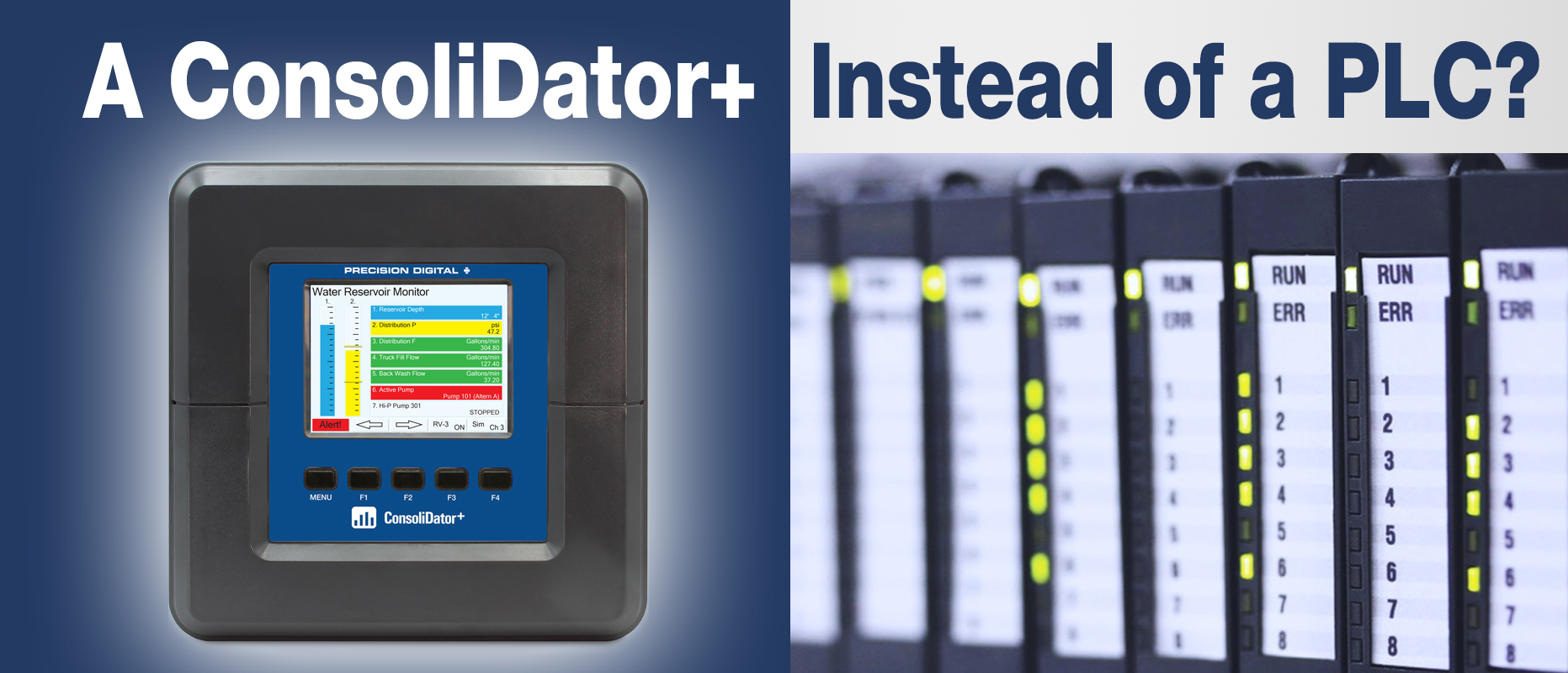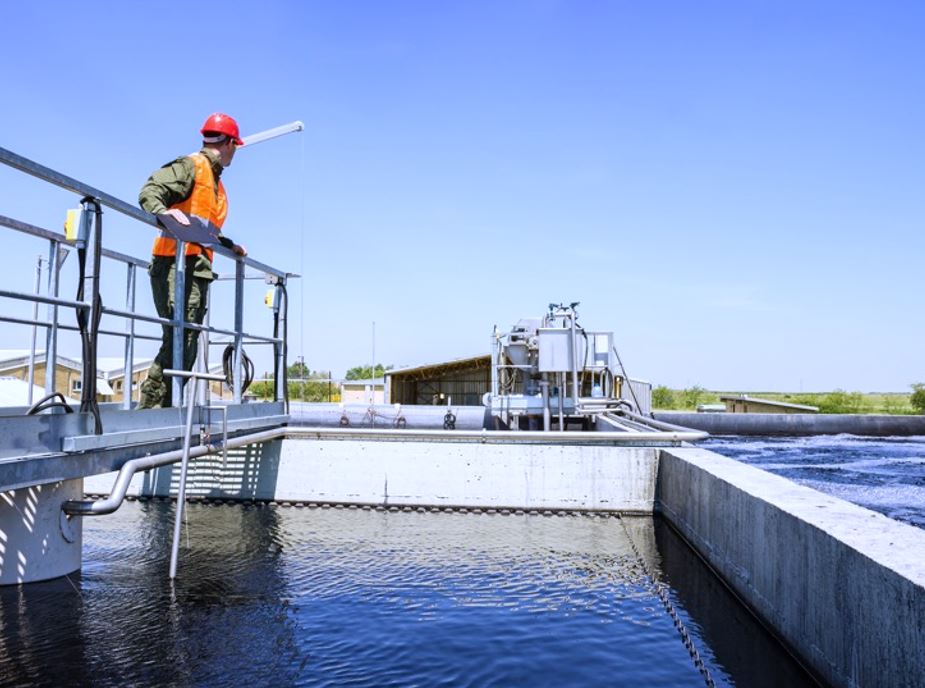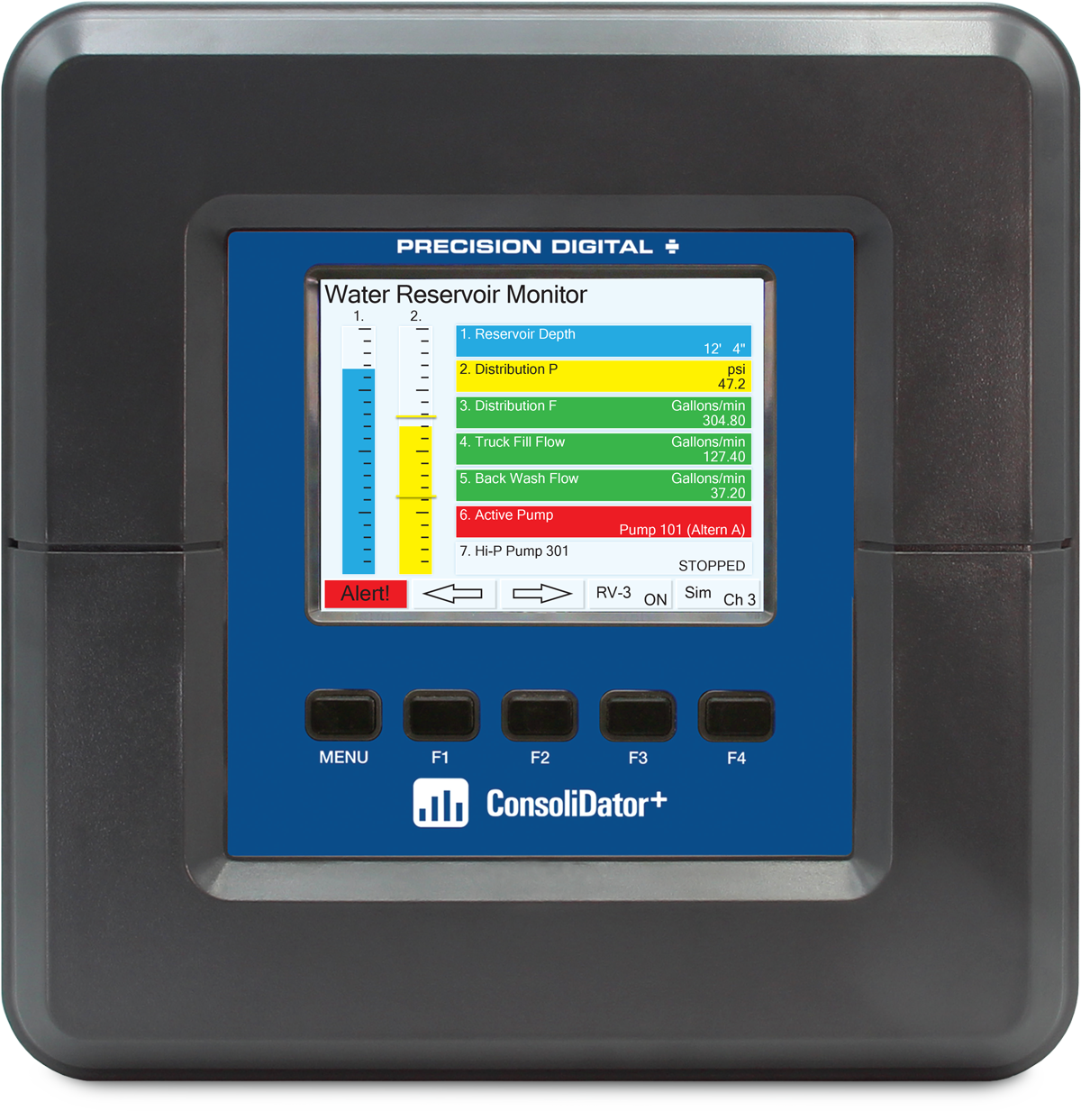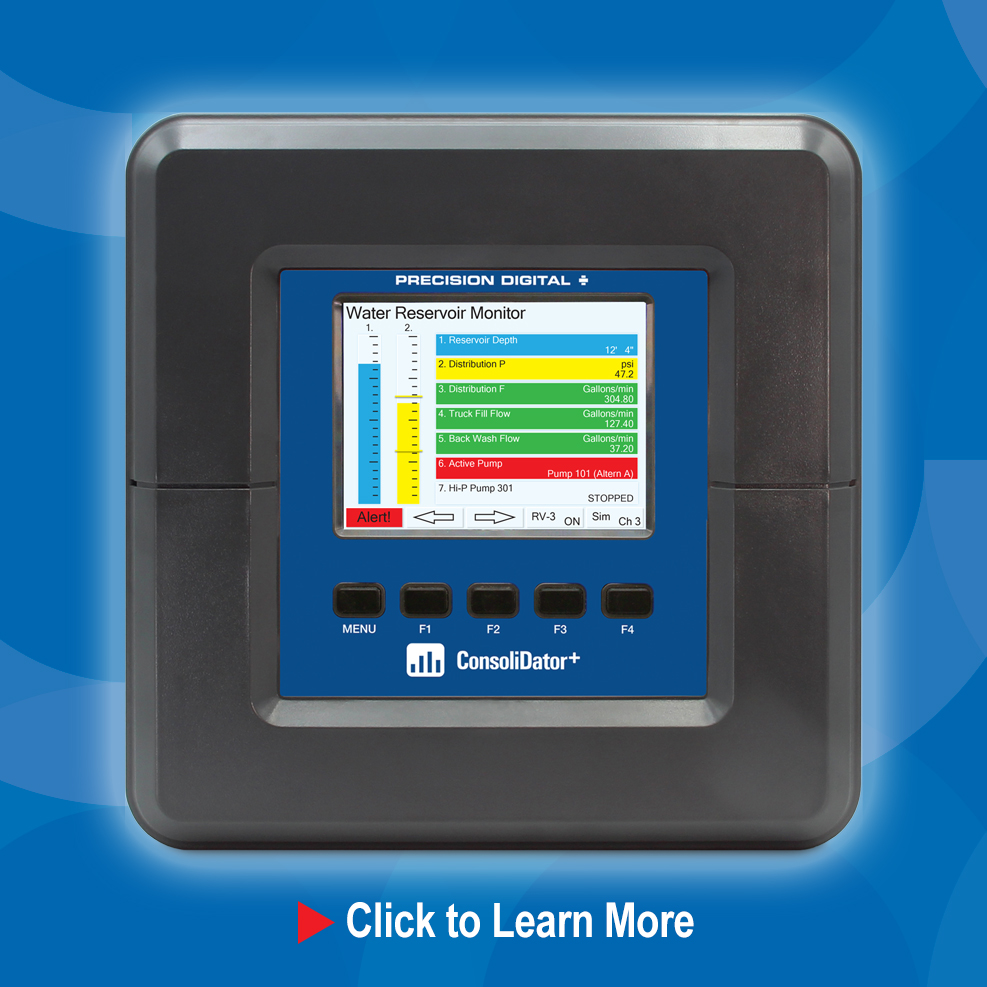
ConsoliDator+ Instead of a PLC

A customer was using hose pumps to maintain the level of a body of water. When the level got to a certain threshold, a relay would turn a pump on and let it run until the level climbed back down to a reasonable level.
However, since it’s just a relay that’s controlling the pump, when the pump comes on, it comes on at 100% until it is shut off. Obviously, that is not the most efficient way to use a pump, and it will severely decrease the longevity of the pump over time.
There was a problem though. Occasionally, the hose would have a leak in it, which went undetected by the pump controller, and the pump would work even harder to maintain the same flow rate.In those events, the customer would put a 110-amp shut off on the line. If the pump, when running at 100%, exceeded 110 amps, that would indicate a leak in the hose, and cause the pump to shut off before any damage is done. That worked just fine until it was decided to add some VFD’s to the mix so that they don’t have to always run the pumps at full capacity if they don’t need to! The VFD’s even had a shut off setting which the customer used to enter their 110-amp setpoint.
Here’s the problem with that…
If they are using VFD’s to make sure the pumps don’t have to run at full capacity all the time, that means if the pump is running at 50% capacity, even if there were a huge leak, the current draw would never get to the setpoint on the VFD. This means that they could run their pumps with massive leaks, and never have any idea.
When they explained their situation to the VFD manufacturer and asked for their advice, they said the customer “must use a PLC for that type of control of a VFD”. They even suggested a brand and model to the customer! Considering a VFD was an upgrade for these folks, the thought of a PLC didn’t sit too well.
Luckily for the customer, a ConsoliDator+ MasterClass alumni was working on this project, and immediately thought the ConsoliDator+ could do this job, and the customer wouldn’t have to invest in a PLC and pay someone thousands of dollars to program it!

A ConsoliDator+ was configured to turn a pump on and off depending on the level of the water. When the level got to a certain point, a pump would turn on to drain the water. When the level got to an acceptable point, the pump would shut off.
Nothing too special about that, right?
But remember, we want to ALSO turn the pump off if a leak in the hose is detected.
The easiest way to detect a leak in the hose is to constantly monitor the current draw of the pump. We do that using a current transducer (CT) that turns the actual current into a scalable 4-20 mA signal.
So, we brought that 4-20 mA signal into the ConsoliDator+ and scaled that for 0-100%.
Then, I took that scaled signal, and I used the “Rate of Change” channel function. This function allows me to monitor any signal, and display the rate of change that occurs.
This takes care of the problem the customer had when the pumps weren’t running at full capacity and therefore were not hitting the shutoff setpoint.
Instead of assigning a certain current threshold to look out for, I configured an alarm that would shut the pump off if the current draw on the pump increased by 30% per second, regardless of pump size or speed!

The ConsoliDator+ software screen shows that an "Alarm" is configured to turn the pump off. When this alarm is "true", it will force the pump off since the current draw has increased by 30%/second.
- “Rate of Change” Channel Function
- “Force Off (AUTO”) Relay Function
- USB Datalogging
- PD9000-GP-8AI-10RY ConsoliDator+ Multivariable Controller
- PDK9000-D1 USB Data Logger
- PDA3939 ConsoliDator+ Enclosure
Can Do the Job of a PLC


